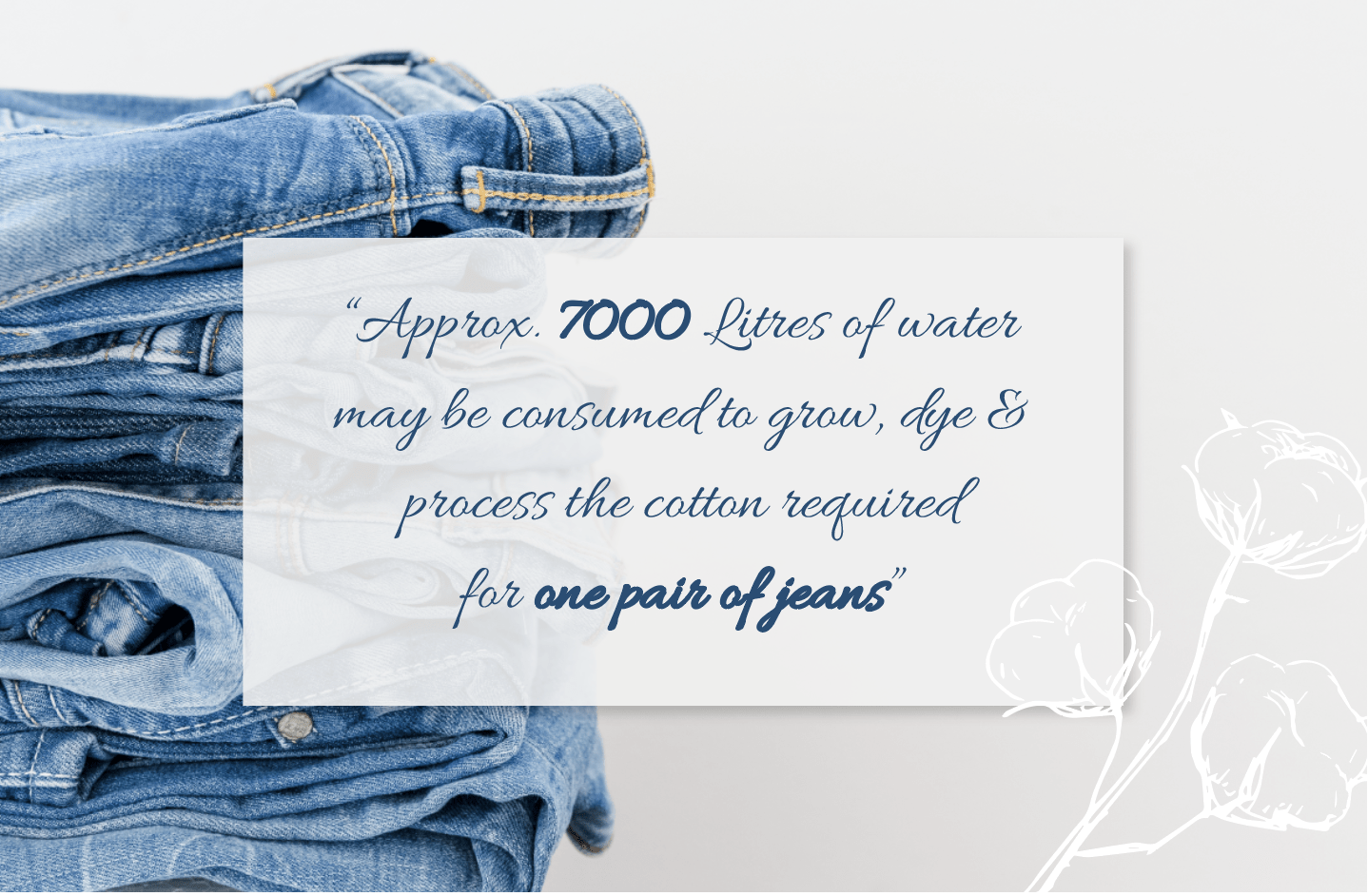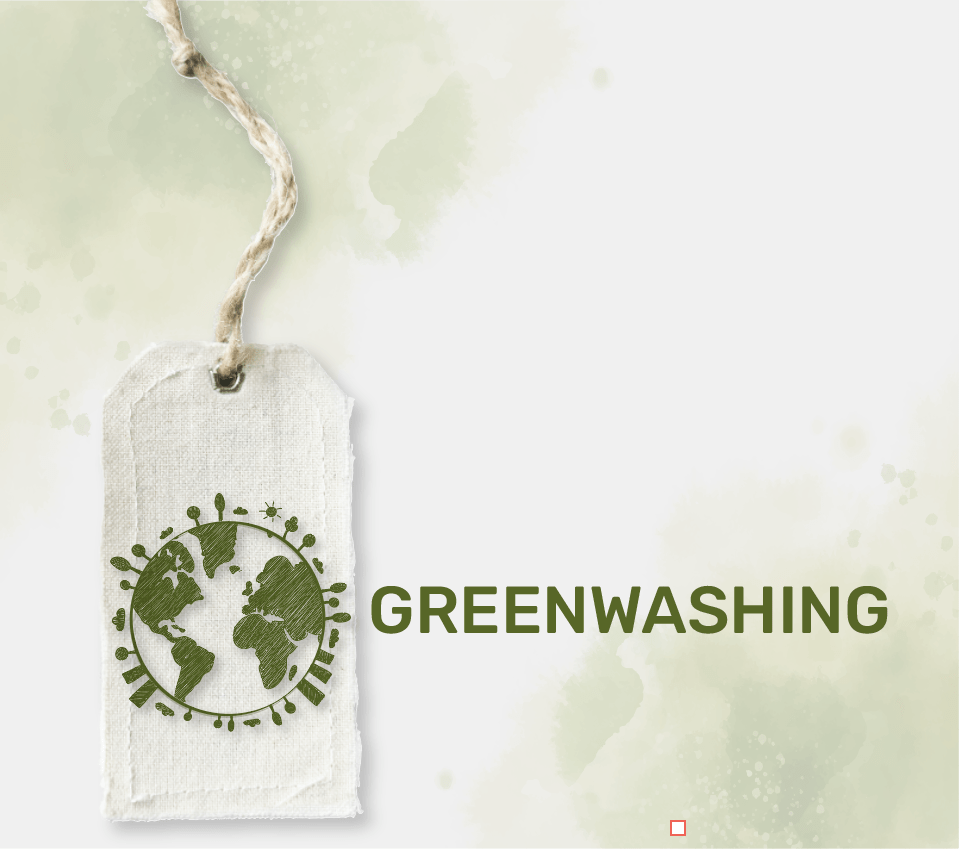THE SUSTAINABILITY SERIES
Article 1 of 5
This is the 1st article in a series of 5 articles where I will discuss the growing importance of adopting SUSTAINABLE ways of working in today’s world. It seeks to explore the various aspects of the apparel industry and how we can overall become sustainable.
In this article I will discuss
- what is sustainability?
- sustainable development
- challenges in adoption of a sustainable development model
- and greenwashing
LET’S BEGIN BY UNDERSTANDING WHAT SUSTAINABILITY IS?
The Cambridge dictionary defines SUSTAINABILITY as
“causing little or no damage to the environment and therefore able to continue for a long time”
Today it has moved beyond the dictionary. It is a sentiment that resonates with one and all. It can be defined as a set of processes and actions through which companies can minimise their impact on natural resources. As a result, maintaining an ecological balance, and quality of life for the generations to come.
“We are already using resources beyond the earth’s replenishment capacity. In 2020, Earth Overshoot Day lands on August 22, marking the date when humanity has exhausted nature's budget for the year”
Over the past decades, businesses and consumers alike, have indulged in unsustainable practices and can now see the impact of those on our environment. With growing awareness amongst consumers and businesses, today organisations have a clear task at hand, creating a sustainable environment for the future. SUSTAINABLE DEVELOPMENT must become an important agenda for fashion companies.
WHAT IS SUSTAINABLE DEVELOPMENT?

The most frequently quoted definition of Sustainable development was given by the BRUNTLAND REPORT:
“Sustainable development is the development that meets the needs of a the present without compromising the ability of future generations to meet their own needs”
In other words, the idea of sustainable development is to ensure
- minimal or no adverse environmental and social impact,
- resource availability for the future generations and
- successful businesses which are able to generate a healthy return for all the stakeholders.
When we look into the Fashion & Apparel industry, some alarming facts surface. It is hailed as one of the most polluting industries in the world. It produces 10% of all humanity’s carbon emissions, uses one tenth of all water used industrially (2% of all freshwater extracted globally), uses 8000 synthetic chemicals & releases 20% of water pollution worldwide.

This industry is responsible for incremental negative impact on land, water, air and biodiversity throughout the product life cycle. Furthermore, at the end of life, the apparel merchandise leads to another rising challenge of waste ending up in landfills & micro plastic accumulation in oceans.
As the effects of these practices are felt by everyone, stakeholders have started gauging the performance using the additional lens of Environment, Social and Governance (ESG) and expect the businesses to grow while ensuring a sustainable tomorrow.
With the growing awareness amongst consumers, the fashion companies and brands are expected to be more transparent, sincere and aware about their net impact on the ecological balance and take conscious business decisions.
Least to say, the brands face multiple challenges in adopting sustainable development as a vision and mission.
WHAT ARE THE CHALLENGES FACED BY THE COMPANIES IN ADOPTING SUSTAINABLE DEVELOPMENT?
1. Need to redefine the objective of Value Creation
First, I believe that, as a concept everyone understands “sustainable development approach” but only a few are able to relate it with the day to day business operations or are able to align it with their vision.
The prime reason for this is the flawed conventional concept of doing business; creating value for shareholders, as against all stakeholders.
2. Different understanding of various stakeholders
Second, is the underlying challenge of different lens worn by the different stakeholders in the industry.
Shareholders & investors are concentrating on short term and long term economic growth, the product and design teams are focused on matching the requirement of fast fashion while the sourcing team is pushed for OTIF in minimum cost.
“In few of my discussions with these stakeholders in the past I have realised that some of these stakeholders may have an intent to contribute for Sustainable development but due to non-alignment of others they look the other way.”
3. Top management commitment
In the midst of this, what can be called sustainable adds to the problem. This is more profound in cases where the top management is not fully committed to the concept of sustainable development and/or is not driving the agenda.
All the above leads the discussion of Sustainable Development to Cost vs Investment, leaving little room for exploring long term risk and opportunities and focusing only on short term risks.
Therefore, to adopt a sustainable development approach, organisations require a cultural and behavioural shift. It will require redefining the concept and goals of doing business to ensure value is being created for all the stakeholders and not just the shareholders. Organisations that do not start this transition today, may not exist tomorrow.
A few mature organisations have acknowledged the need for sustainable practices and modified their business models. These companies recognise that making themselves sustainable will ensure they stay relevant going forward.
However, in my understanding, a larger percentage of the organisations are still trying to maximise profits through the conventional vision and approach. In such a scenario, the onus of adopting a robust sustainability vision lies on everyone. From the promoters to business owners, to designers, to store managers, each & everyone has to do their bit.
When we look around, there are very few brands which have adopted sustainability as a means to the end. The likes of Patagonia, Mud jeans & a few others are leading by example, however a large set of the brands are struggling to find the right strategy.
In fact, with the growing demand in sustainable products by consumers, many have resorted to GREEN WASHING.

WHAT IS GREENWASHING?
It is the process of conveying a false impression about how a brand’s products are environmentally friendly. It misleads the consumers to feel better about their purchases through these false claims.
Today’s environmentally conscious consumer wants good quality and trendy clothing, while on a budget. This pressure on the brands has led to the rise of green washing as a business trend. Products are green washed through a process of renaming, rebranding, or repackaging them.
For example, organisations might make claims that their products use less water or have organic content but the shift may not have happened or would have impacted only a fraction of the merchandise.
Although some of the environmental claims might be partly true, companies engaged in green washing typically exaggerate their claims in an attempt to sell more. Further, green washing does not allow the customers to make the right choice and undetected, it provides further drive for businesses to look away from actual sustainable practices.
Recently, many popular fast fashion brands like H&M, Uniqlo, Lululemon were criticised for indulging in this growing business trend. Both, their understanding of what sustainable is and inaccurate communication about the sustainability quotient of their products was highlighted. Some critics also believe that these brands are only trying to make money off this trend & do not see sustainability as a need.
Though there are many arguments from each side, I am sure some of these brands are genuinely making an effort to adopt sustainable practices.
CONCLUSION
To conclude, I would simply say that,
- Organisations must chalk out a clear Sustainable Vision and effectively trickle it across the different groups of stakeholders on a regular basis.
- Sustainability initiatives have to be adopted and driven down by the top management.
- All stakeholders across the hierarchies have to be pushed to adopt this as part of the organisational culture.
- Further, it is equally important to clearly define costs and benefits, but be open to investment with multiple returns and new ideas, approaches and collaborations.
- Stakeholders should be educated on the concept of sustainability and should be incentivised to explore innovative ideas to develop / adopt sustainable material and/or practices.
No organisation is expected to become sustainable overnight but, are expected to have a clearly defined Vision to achieve this long term goal. With the increasing push from stakeholders, the organisations involved in Green washing are bound to lose their credibility while the others are bound to be rewarded.
Sustainability is the need of the hour & any suggestions/thoughts/opinions about this subject are welcome. I urge all the readers to leave their comments in the section below to make this article a multi perspective dialogue.
RELATED TOPICS:#Sourcing,Apparel,Fashion,Supply Chain,design,buying&merchandising,sustainable,brands,Fashion Design,Sustainability,fashion industry,Brand Strategy,Future of Fashion,textile industry,supply chain strategy,apparel industry,Sourcing Strategy,Editorial,sustainable development,Tushar Jindal
Leave a comment
Our email address will not be published. Required fields are marked *







14 Comments
Ramesh.gAug 12, 2020 at 16:17 pm
Hi Tushar, i would like to congratulate you for this new journey, you have touched a topic which is talk of the world now. your texts about green washing is on dot. unless sustainability becomes mandatory for textile/apparel manufacturing the change we talk about will take ages to happen is my view. really looking forward to your next blog.
Tushar JindalAug 13, 2020 at 22:17 pm
Thank you Ramesh. I agree with you that Sustainable development has to become the norm for every industry to ensure there is a sustainable tomorrow.
Sridhar PabbarajuAug 10, 2020 at 17:27 pm
Informative. Well done Tushar ! Looking forward to your next blogs.
Tushar JindalAug 11, 2020 at 08:39 am
Thank you Sridhar.
NidhiAug 09, 2020 at 16:11 pm
Very nicely explained Tushar. Eager to read your remaining articles on this. Keen to know, how industries can adopt this, what is the path ahead for sustainable enviornment and how companies can achieve the same in cost effective manner, thereby not impacting the price of end product sold to the consumers
Tushar JindalAug 11, 2020 at 08:44 am
Thanks Nidhi. Will be discussing this in the next articles. One thing that I would like to highlight is that the customer also has to understand that in most cases cheap products are directly responsible for the negative environmental and social foot ?. Though, organisations have to try and identify alternatives without affecting the price of products, in cases where it is not possible customers also should be willing to choose products made sustainably over the cheaper alternatives.
Manoj SharmaAug 09, 2020 at 11:57 am
Very well crafted blog Tushar, the article gives a clear understanding of the subject, as well as highlights current challenges in adoption, just wanted to add one more point that as the people,communities and businesses alike become conscious of the importance of sustainability, it will also start having a significant impact on companies financial evaluation even I. Share Markets, initial trends of which can be seen in leading exchanges in the world. Completely agree that companies need to now not only have financial but sustainable budgets in place to facilitate the vision to turn in to reality.
Tushar JindalAug 09, 2020 at 19:17 pm
Rightly said Manoj. Companies have to quickly learn, adopt and start speaking the language of sustainable budgets and growth rather than the conventional economical one.
Himanshu TiwariAug 09, 2020 at 08:52 am
Hi, Nice article got to know lot of new terms, waiting for the next from you.
Tushar JindalAug 09, 2020 at 19:18 pm
Thank you Himanshu.
AjayAug 09, 2020 at 07:43 am
Hi Tushar I really liked the Green wash comparison to the what actually Sustainability is defined. Every product done Today is the impression we are leaving to the future Like what i see unlike major brands Nike, Adidas, Marks and Spencer, they have adopted sustainability as their major goal and left a footprint undoudtebtly the best. And it was a vision not achieved overnight Their target is to go completely green across supply chain in next few years. Brands or manufacturers really need to think through on what actually they would like to commit to our environment. I agree costs make a major role but what we forget is our approach and need to look gor better future too. Do companies have a yearly sustainable plan? And how serious are they about this tough journey to make a mark on this change.? Thanks tushar.. Looking for the next article of truth.. Good luck
Tushar JindalAug 09, 2020 at 08:08 am
Thank you Ajay. Really like the way you mentioned that every product done today is leaving an impression for tomorrow. I think every corporate should redefine their vision for sustainable development. Will speak about it in the next article.
Anubhav SinghAug 08, 2020 at 23:48 pm
Nice. As a reader I wanted to read your thoughts on how to overcome the challenges that you listed. Also, an insight on what would you be talking about in the next post, and when would that be published.
Tushar JindalAug 09, 2020 at 08:09 am
Hi Anubhav, will discuss all of this in following articles. The articles in the series shall be published on weekly basis.